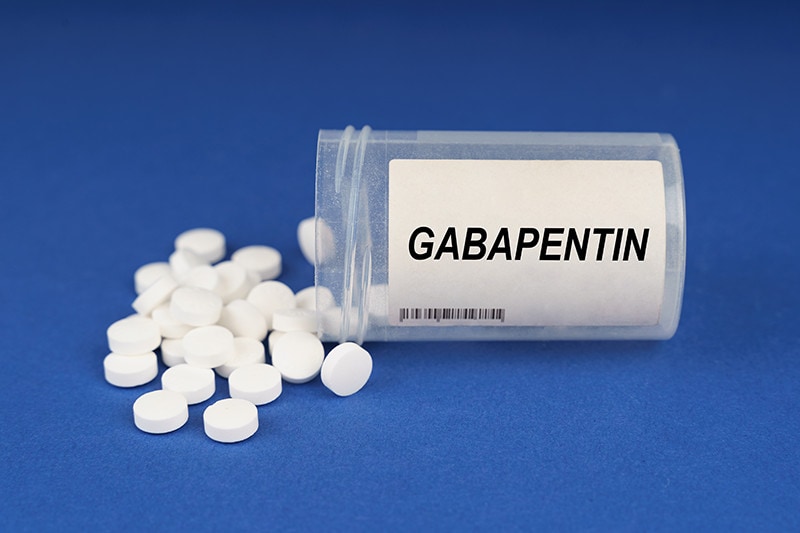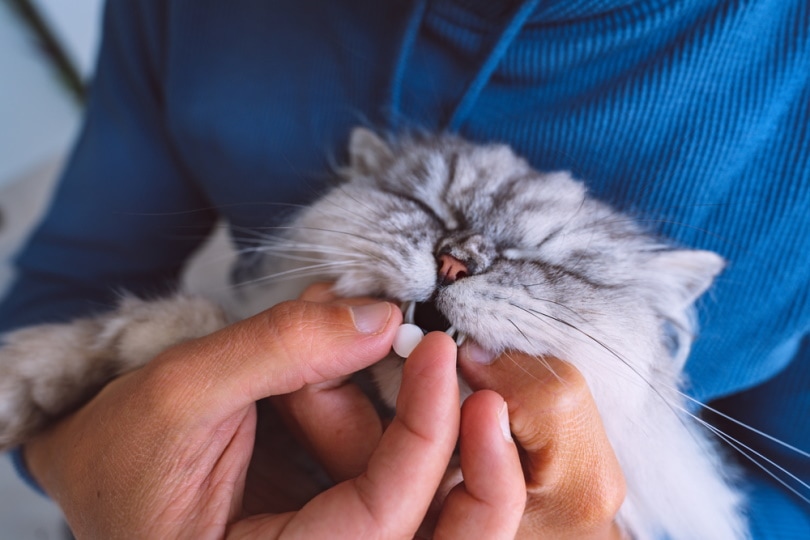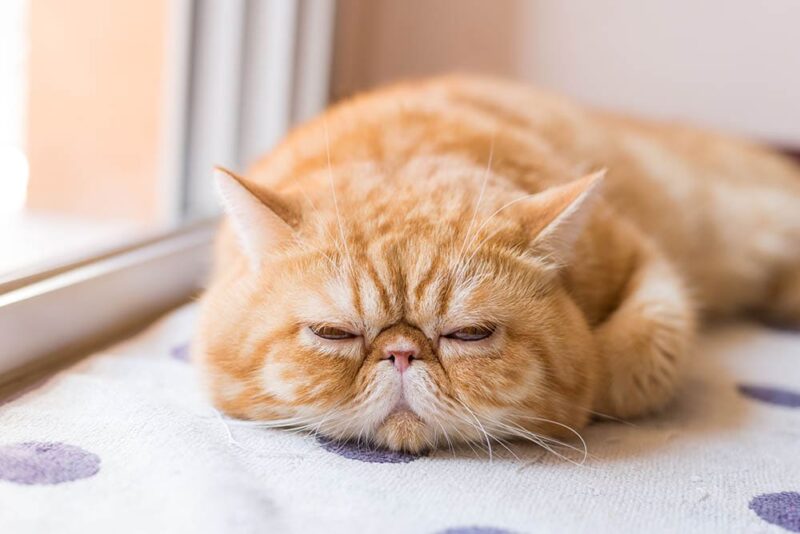
Gabapentin is a fairly commonly analgesic, or pain medication, prescribed in both dogs and cats. Your veterinarian may prescribe this medication as either a solo agent, or in combination with another medication. But your cat may also have this medication prescribed to them if they have a history of acting spicy while at the vet’s office.
Continue reading to learn more about what Gabapentin is, how it works, and why your cat may be given this medication.
What Is Gabapentin?
Gabapentin is commonly known as Neurontin in human pharmacokinetics. In cats, it’s most commonly used for pain and sedation. There are very few approved long-term pain medications for cats. The few we have available require strict bloodwork and urinalysis testing to monitor effects on the kidneys. Gabapentin, while very few studies have been performed on its long term use in cats, has thus far seemed safe and effective.
In humans, Gabapentin is within the class of medications used to help prevent seizures (anticonvulsants) and is commonly prescribed for neuropathic pain. In veterinary medicine, we don’t commonly use Gabapentin for seizures in cats, as it’s a fairly rare condition.
Most commonly, seizures in cats have another underlying cause, such as cancer or infection. However, Gabapentin is commonly prescribed to cats for pain.
Because of its mild to moderate sedative effects, Gabapentin is also commonly prescribed to cats prior to a veterinary appointment. Cats tend to be very unhappy campers once they leave the house, travel in a carrier and arrive in the foreign land of the vet hospital. Even the nicest cat at home can turn into a killer once in the hospital. Therefore, your veterinarian may have you give Gabapentin to your cat prior to their appointment—to help chill them out and allow the veterinarian to do their exam and/or perform diagnostics.

How Is Gabapentin Given?
In veterinary medicine, Gabapentin is given to cats in an oral form. Most commonly, Gabapentin comes in capsules. Some people are able to pill their cat—wrap the capsule in a small amount of food and push it down their cat’s esophagus. However, others just open the capsule and mix the capsule powder into their cats’ food for them to eat.
Sometimes, Gabapentin will also be prescribed as a liquid. The liquid is most commonly compounded. This means it’s made by a special compounding pharmacy in a form different from its typical capsule form. The compounding pharmacist may be able to make the formula flavored so that your cat does not resist taking it as much, and they can also change the strength, altering how much you need to give to your cat.
Depending on how the liquid is compounded, you may or may not need to refrigerate the Gabapentin. Capsules do not need to be kept in the fridge, instead they should be kept safely in your medicine cabinet or on the counter.
Gabapentin does not have to be given with or without food to be effective. Because administering medications to cats can be difficult, often hiding it in food helps. However, giving it the least amount of food possible helps the medication to be absorbed faster.
If prescribed for pain, Gabapentin can typically be given every eight to twelve hours. If your veterinarian wants your cat to have Gabapentin for sedation prior to a vet visit, we will most commonly prescribe it to be given both the night before and the morning of an appointment.

What Happens If You Miss a Dose?
The half-life, or period of time it takes for the body to eliminate Gabapentin, is still being studied in cats. Typically it is prescribed every eight to twelve hours for cats.
Altering the administration times does not seem to alter Gabapentin’s effectiveness. Therefore, missing a dose will result in nothing more than your cat’s pain being uncontrolled and/or the sedative effects wearing off.
Potential Side Effects of Gabapentin in Cats
Gabapentin produces very few side effects in cats. The most notable is sedation. Sedation can appear in numerous forms. Your normally frisky cat is chill and asleep. Your cat may stumble when they walk or appear drunk. Your cat may appear dysphoric.
Currently, there are no known long term side effects to the liver, kidneys, or other organ systems with Gabapentin. However, there are currently no appropriate studies on any long term effects of Gabapentin on cats.

Frequently Asked Questions (FAQs)
How long will I have to treat my cat’s pain with Gabapentin?
The length of treatment will vary based on why your cat is hurt. If your cat has only suffered a soft tissue injury, such as a muscle strain, your veterinarian may prescribe Gabapentin for only a few days up to a week. However, if your cat had major surgery or has suffered a broken limb, etc., your cat may need to be on Gabapentin for longer. Cats with arthritis may need to be on life-long pain medications.

What if the Gabapentin is not effective for my cat?
Unfortunately, there are not many effective and/or approved pain medications for use in cats. Your veterinarian may want to prescribe an NSAID (non-steroidal anti-inflammatory) or an opioid called Buprenorphine. However, these medications come with different risks and may be much more expensive to administer, especially long term. Always follow up with the prescribing veterinarian to discuss all of your cat’s options.
I use Gabapentin, can’t I just give my cat the same thing?
Unfortunately, no. The safe dosage in humans is vastly different from the dosing recommendations in cats. Not to mention that some human medications may have different formulations. Always check with your pharmacist and veterinarian before giving your cat any of your medications.
Conclusion
Gabapentin is commonly prescribed in cats for pain and sedation. There are few safe, long-term pain medications approved in cats. Gabapentin is given orally to cats and can often be compounded into flavored liquids to make it easier to give to your cat.
Thus far, Gabapentin appears to be a safe alternative to other medications on the market. However, further studies need to be completed in order to know the exact risks and long term effects Gabapentin can have on your cat.
Featured Image Credit: Sonis Photography, Shutterstock






